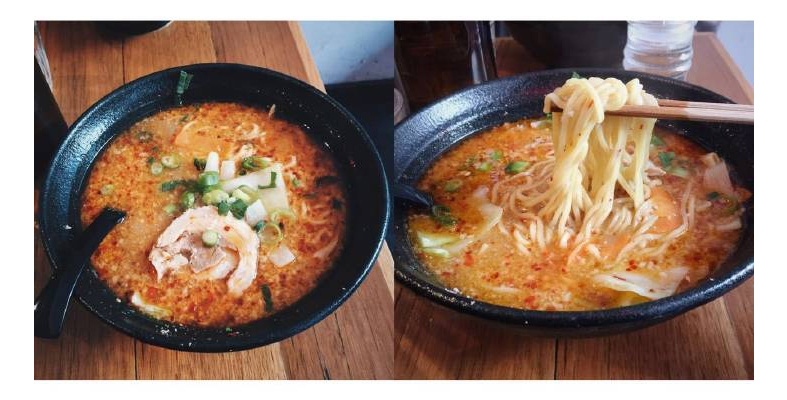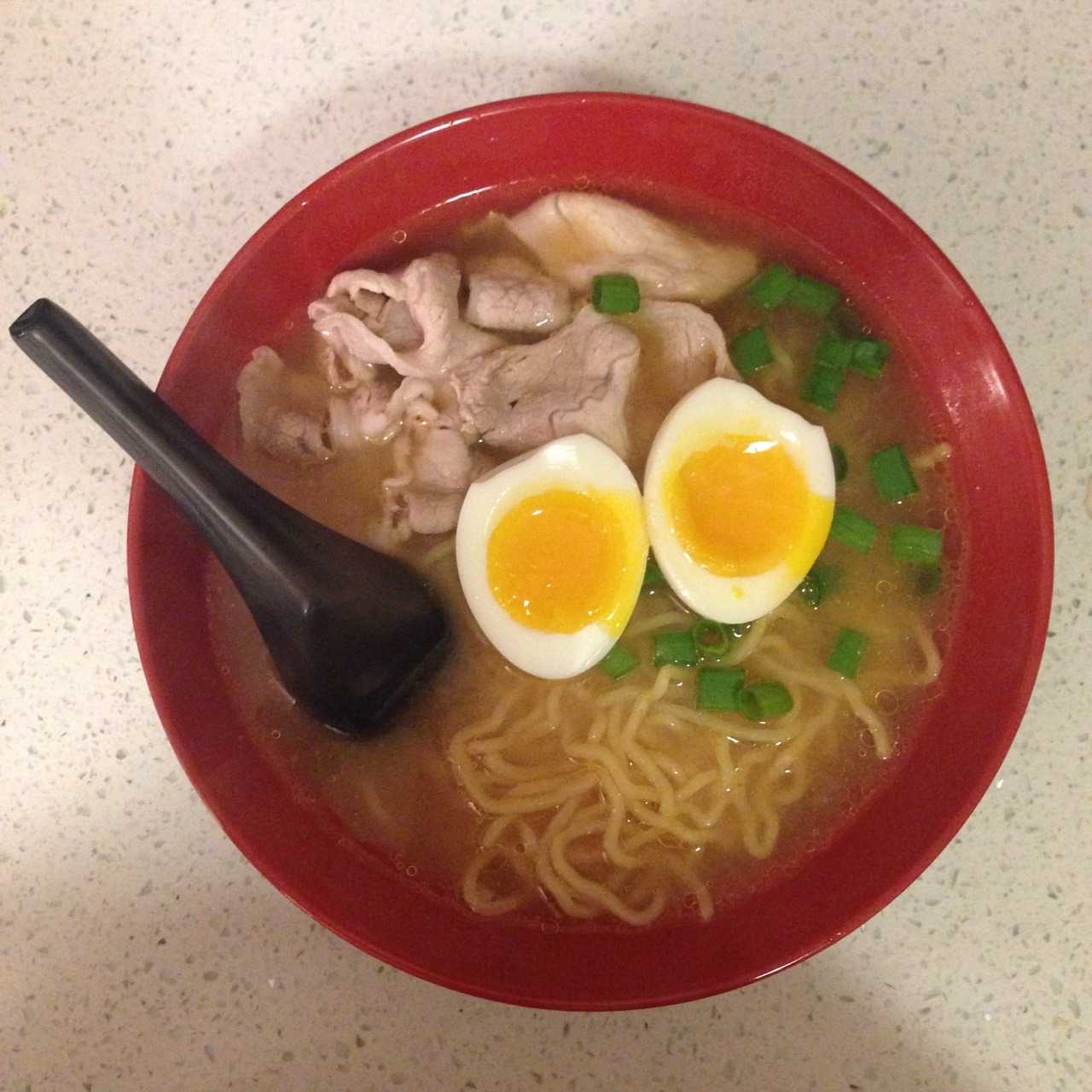

#Little disc in ramen portable
Many Chinese living in Japan also pulled portable food stalls, selling ramen and gyōza dumplings to workers. īy 1900, restaurants serving Chinese cuisine from Guangzhou and Shanghai offered a simple dish of noodles, a few toppings, and a broth flavored with salt and pork bones. Early versions were wheat noodles in broth topped with char siu. In 1910, the first ramen shop named Rairaiken (来々軒) opened in Asakusa, Tokyo, where the Japanese owner employed twelve Cantonese cooks from Yokohama's Chinatown and served the ramen arranged for Japanese customers. Īccording to historians, the more plausible theory is that ramen was introduced to Japan in the late 19th or early 20th centuries by Chinese immigrants living in Yokohama Chinatown. Most historians reject this theory as a myth created by the Japanese to embellish the origins of ramen.

One theory says that ramen was introduced to Japan during the 1660s by the Chinese neo-Confucian scholar Zhu Shunsui who served as an advisor to Tokugawa Mitsukuni after he became a refugee in Japan to escape Manchu rule and Mitsukuni became the first Japanese person to eat ramen. This is reflective of Yokohama Chinatown's demographics, as most Chinese settlers in the district came from the cities of Guangzhou and Shanghai. The ramen is derived from southern Chinese noodle dishes such as the char siu tangmian of Guangdong and the rousi tangmian of Jiangnan. The noodles used in ramen known as "chūkamen" are cut rather than hand-pulled. Although the ramen takes its name from lāmiàn, it does not actually evolve from the northern Chinese dish of lamian. Ramen is a Japanese adaptation of Chinese wheat noodle soups and was first recorded to have appeared in Yokohama Chinatown. Until the 1950s, ramen was most commonly called Shina soba, but today Chūka soba or just ramen (ラーメン) are more common, as the word "支那" ( Shina, meaning "China") has acquired a pejorative connotation through its association with Japanese imperialism. Early ramen or ramen-like dishes went by different names, such as Nankin soba (南京そば, literally " Nanjing soba", named after the city which was the then capital of China), Shina soba (支那そば, literally "Chinese soba"), or Chūka soba (中華そば, also meaning "Chinese soba"). The Japanese then appended the word "men" (麵, meaning 'noodle') to the "ra" to create the word "ramen". One theory suggests that the Japanese mistook the Chinese particles "le" (了) or "la" (啦, a contraction of 了啊) for a "ra" sound when Chinese cooks would announce "hăo le" (好了) to communicate that a dish was complete. However, historian Barak Kushner argues that this borrowing occurred retroactively and that various independent Japanese corruptions of Chinese words had already led to Japanese people calling this Chinese noodle dish "ramen". The word ramen is a Japanese borrowing of the Mandarin Chinese lāmiàn ( 拉麵, "pulled noodles").


 0 kommentar(er)
0 kommentar(er)
